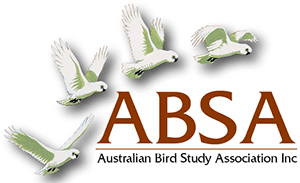A LONG-TERM BIRD BANDING STUDY IN UPLAND TROPICAL RAINFOREST, PALUMA RANGE, NORTH-EASTERN QUEENSLAND WITH NOTES ON BREEDING
| Posted: |
03/06/2021 |
| Author(s): |
Clifford B. Frith, Dawn W. Frith |
This study is the result of a 20-year bird banding project in upland rainforest on the Paluma Range, north· eastern Queensland. During the first 13 years (1978-90) banding was carried out every year but thereafter only during 1995 and 1997, mist-netting being largely (74% of total netting hours) carried out during the first three seasons. Results provide the first long-term information on birds living in Australian upland rainforests, with emphasis on species endemic to the wet tropics or Atherton Region. Species banded were primarily those that forage within the forest subcanopy, understorey, or on the ground. Peak breeding extends from late August or September to December or early January when temperatures and rainfall increase and relatively more food
(fruits, flying insects and leaf litter invertebrates) is available. Wing flight feather (primaries and secondaries including the tertials) and tail moult mostly occurs during late November-March, with peaks during January-March (i.e. after breeding activity has declined and wet season rains have started).
Data are presented on biometrics plumages, soft part colours, characters for ageing and sexing, breeding, moult, survival, longevity, territoriality, site fidelity of individual birds and seasonal movements. Seasonal and annual variation in capture rates are given and recapture data presented for most frequently captured individuals.
>> Download Abstract |
File Size: 281 KB
>> Download Complete PDF | File Size: 3.71 MB
